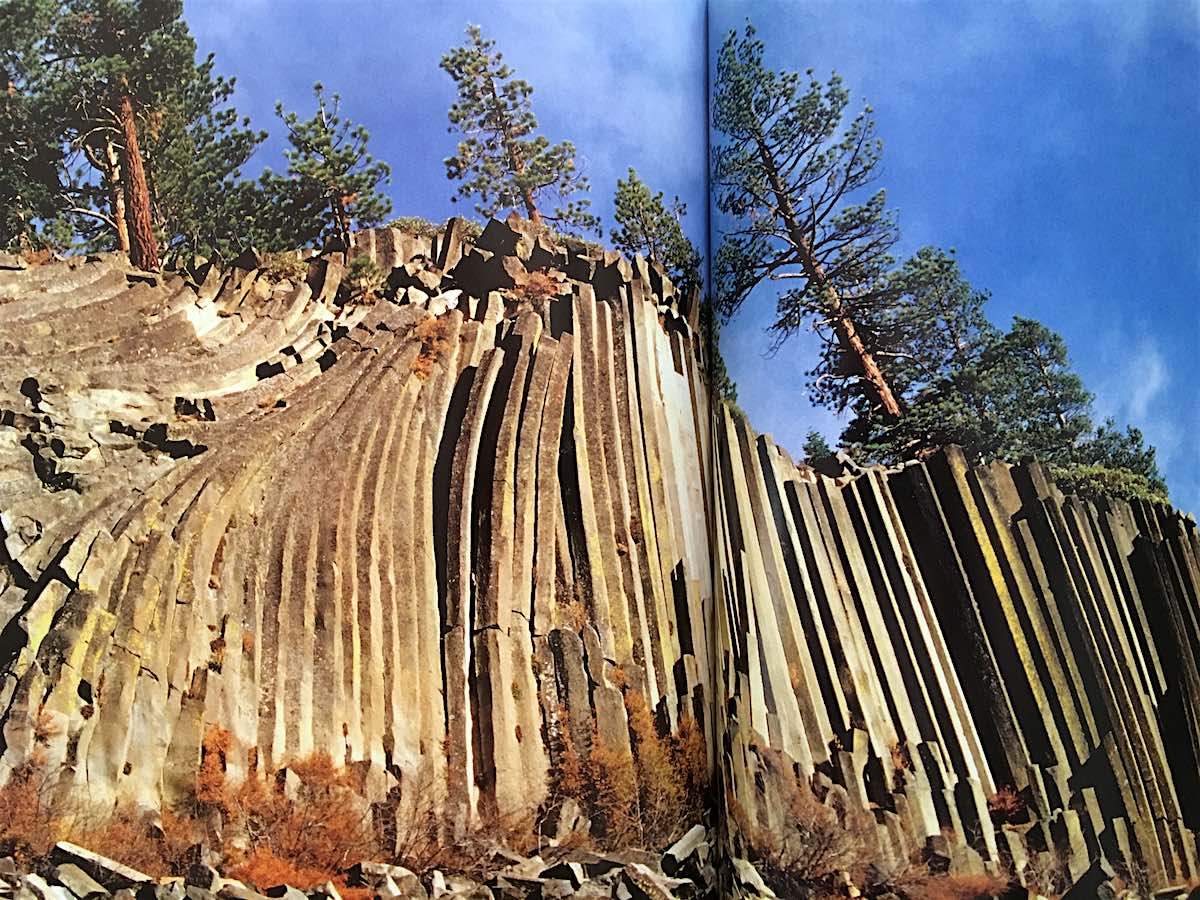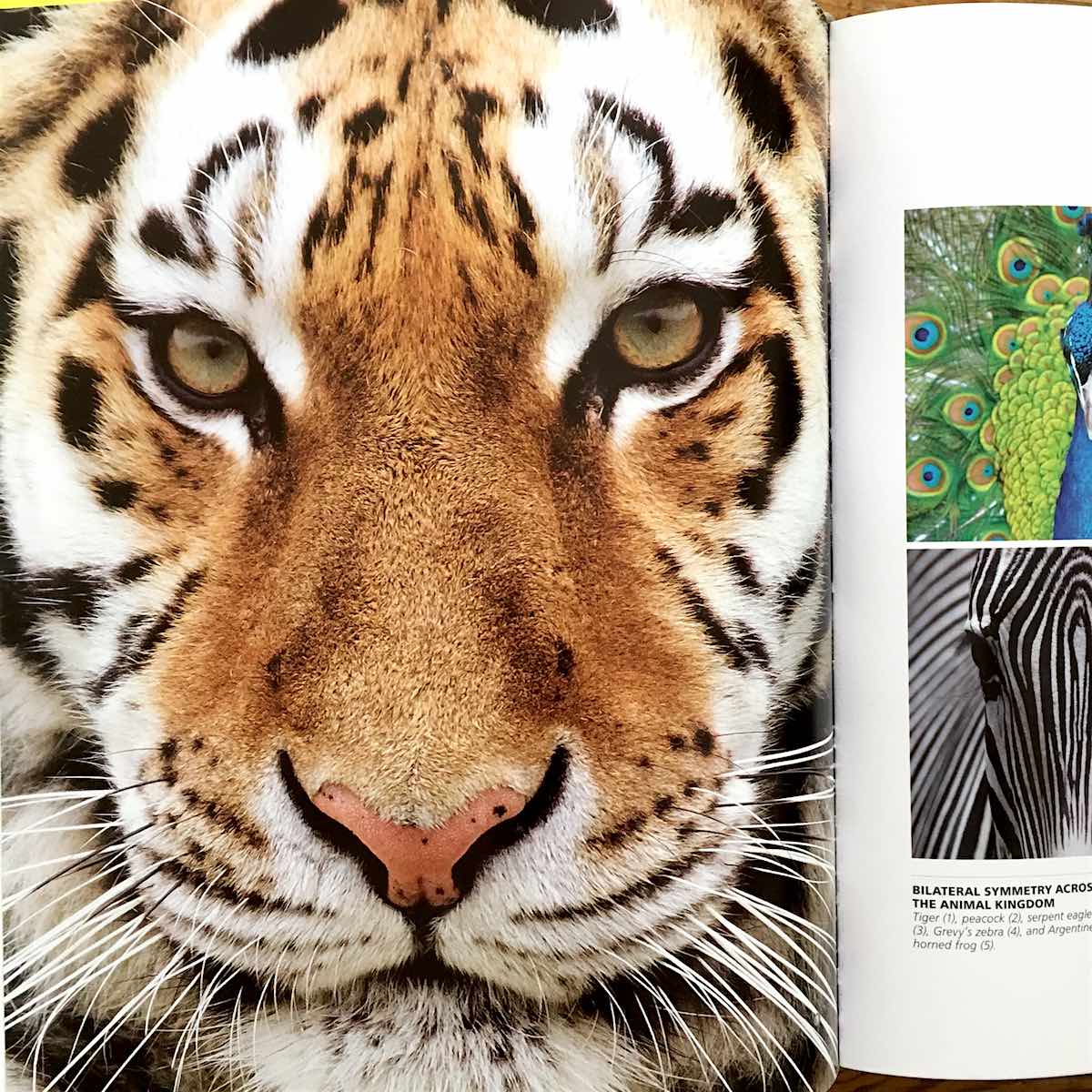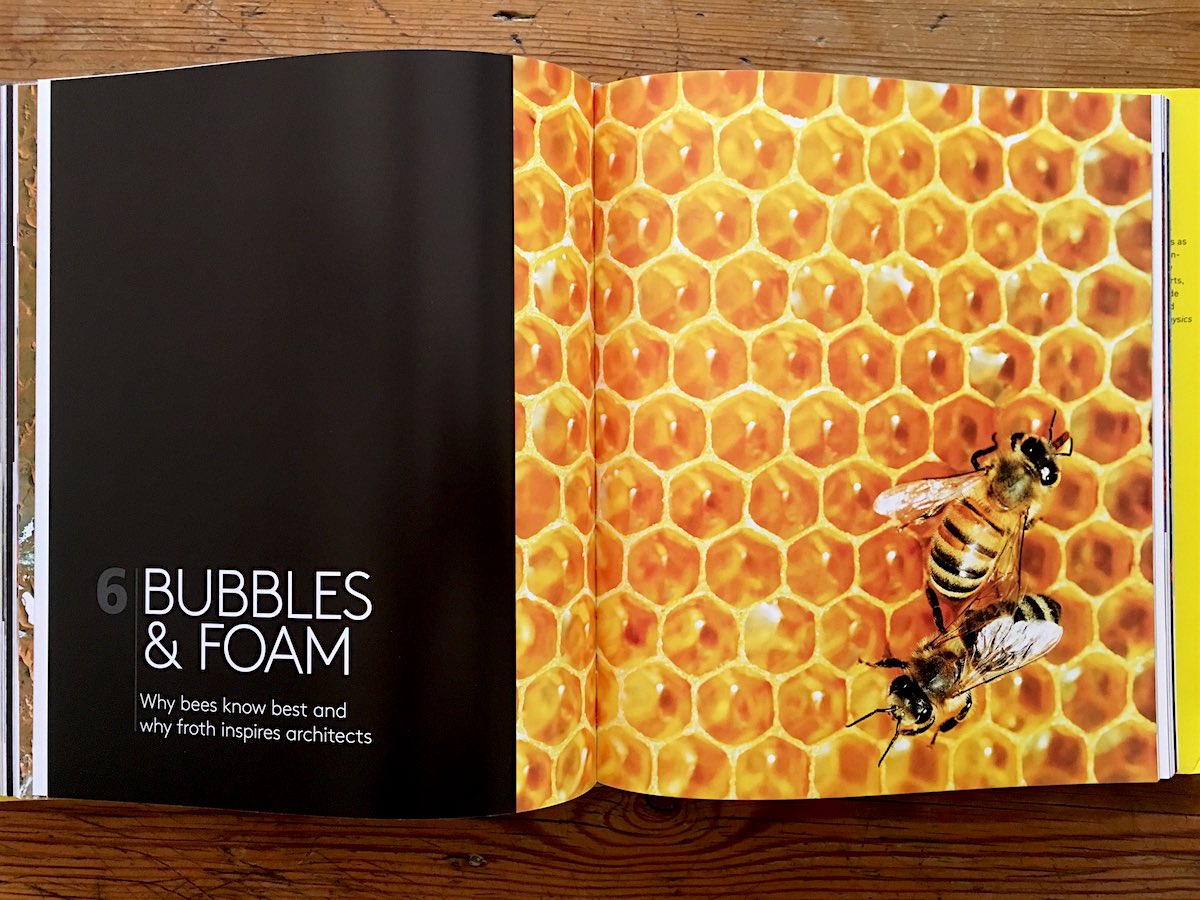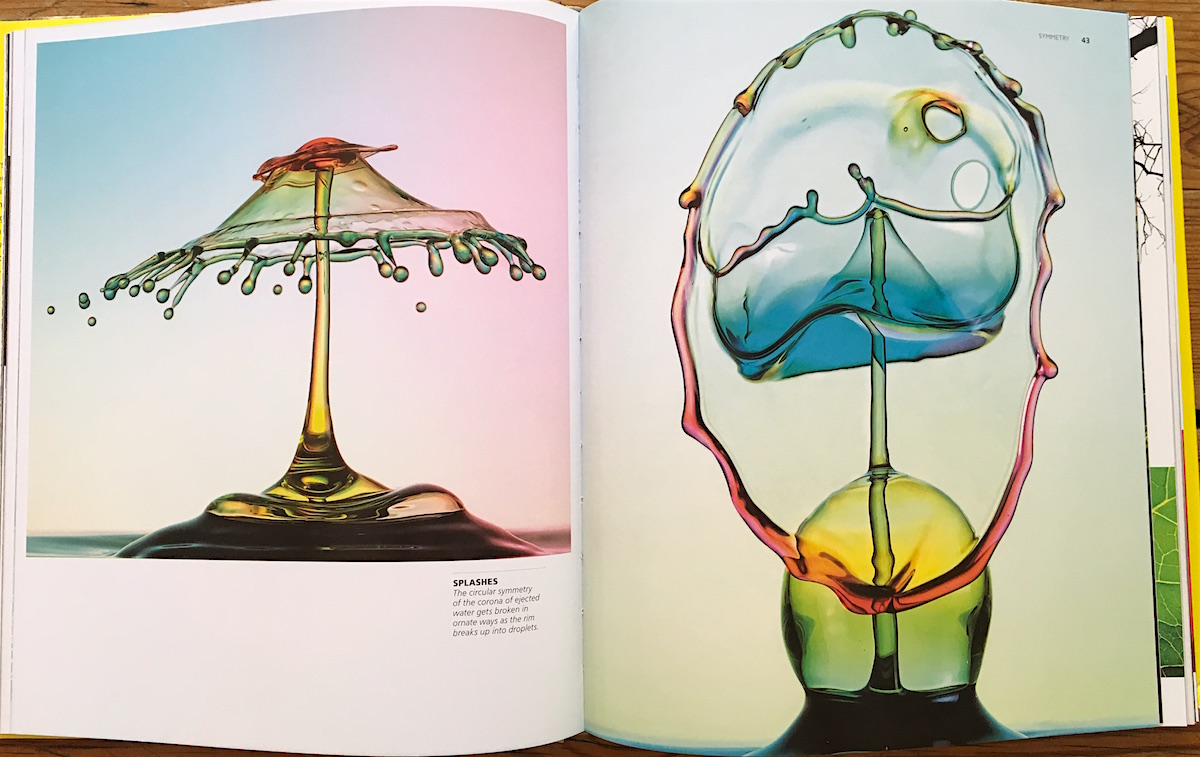Patterns in Nature – The most magnificent designs come from math and nature, not human beings
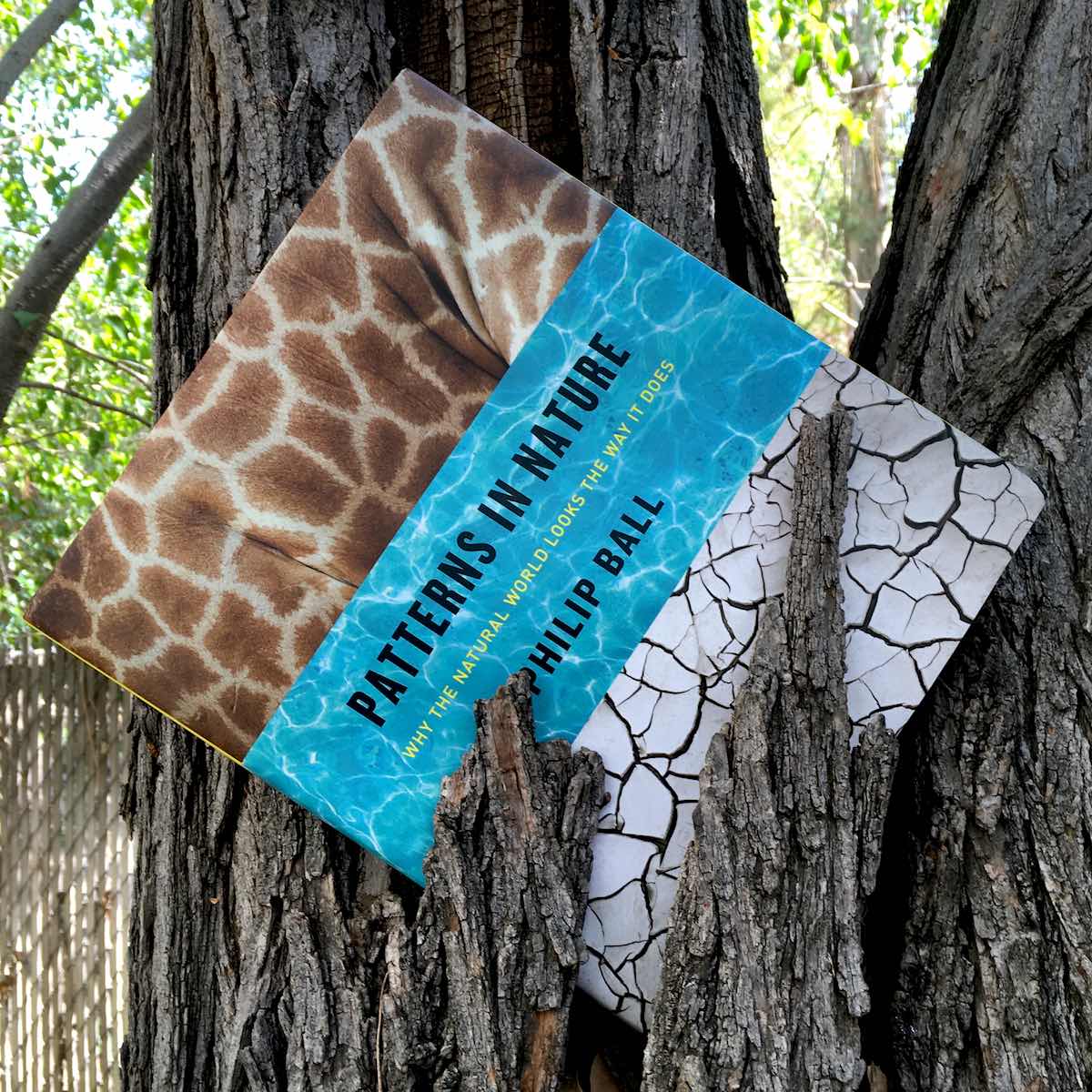
See sample pages from this book at Wink.
Step outside, look in any direction, and you're sure to spot some exquisite designs in nature: the vivid jewel-like symmetry found on the wings of a butterfly, the fractal branching of trees, the pointillist patterns sported by a snake, or the hexagonal nest of a wasp, just to name a few. And science writer Philip Ball has captured some of this beauty with over 300 stunning photographs that he includes in his latest book, Patterns in Nature.
Categorized in chapters such as Symmetry, Fractals, Spirals, Cracks, and Flow and Chaos, Ball explains with both images and an accessible narrative how the most magnificent designs on the planet come from math, physics and chemistry, not human beings. He describes the various mathematics that create various patterns, and also points out parallels between similar patterns with seemingly unrelated sources. For example, the spots on a butterfly mimic the face of an owl. The "spots" on a giraffe look similar to cracked mud. Ball turns complex science into a fascinating read, and his gorgeous coffee table book is perfect for both the science and art minded alike.
